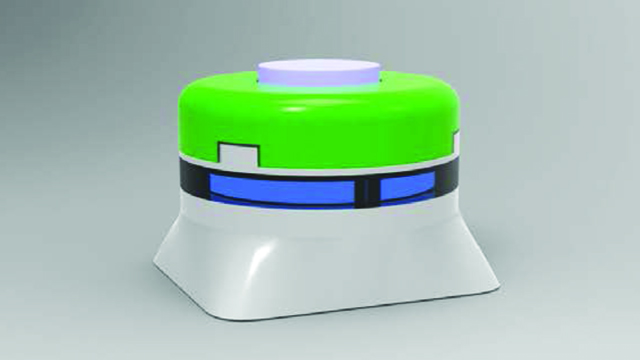Leti, a technology research institute of CEA Tech, will demonstrate the world’s first wireless transceiver dedicated to ultra-narrow band (UNB) communication at the joint conferences of IEEE Radio Frequency Integrated Circuits (RFIC 2017) and the International Microwave Symposium (IMS 2017) in Honolulu, Hawaii, June 4-9.
UNB is an enabling technology for low-cost and low-power wide-area (LPWA) networks. It is one of the core technologies employed by IoT network providers such as Sigfox and Telensa. Based on spectrally efficient modulations such as differential binary phase-shift keying (DBPSK) and Gaussian frequency-shift keying (GFSK), UNB simultaneously optimizes network capacity and maximizes the communication link budget.
 Known as Foxy, the single-chip sub-GHz transceiver developed by Leti is a 65nm CMOS device that pushes UNB technology beyond state of the art. It can achieve unprecedented bandwidths of 100 Hz, even while doubling the power efficiency of the downlink.
Known as Foxy, the single-chip sub-GHz transceiver developed by Leti is a 65nm CMOS device that pushes UNB technology beyond state of the art. It can achieve unprecedented bandwidths of 100 Hz, even while doubling the power efficiency of the downlink.
“Foxy enables marginal cost, event-based, massive IoT applications, such as those that require millions of low-complexity nodes,” said Thierry Collette, head of Architecture, IC Design & Embedded Software division, Leti. “It also enables complex IoT scenarios that require long node lifetimes.”
In addition, Leti will present its latest developments in IC design dedicated to 5G communications in five talks during the IMS and RFIC conferences.

